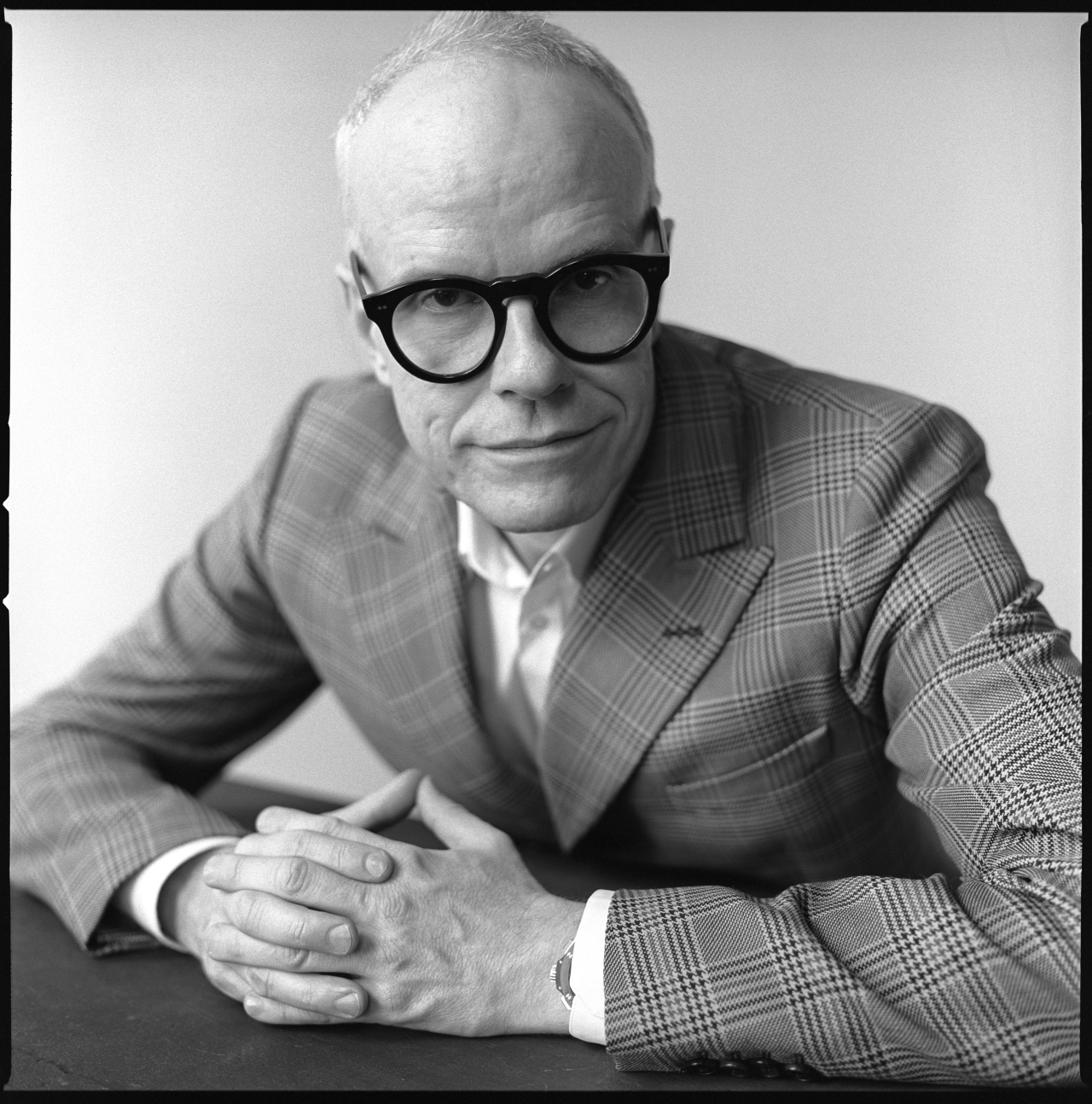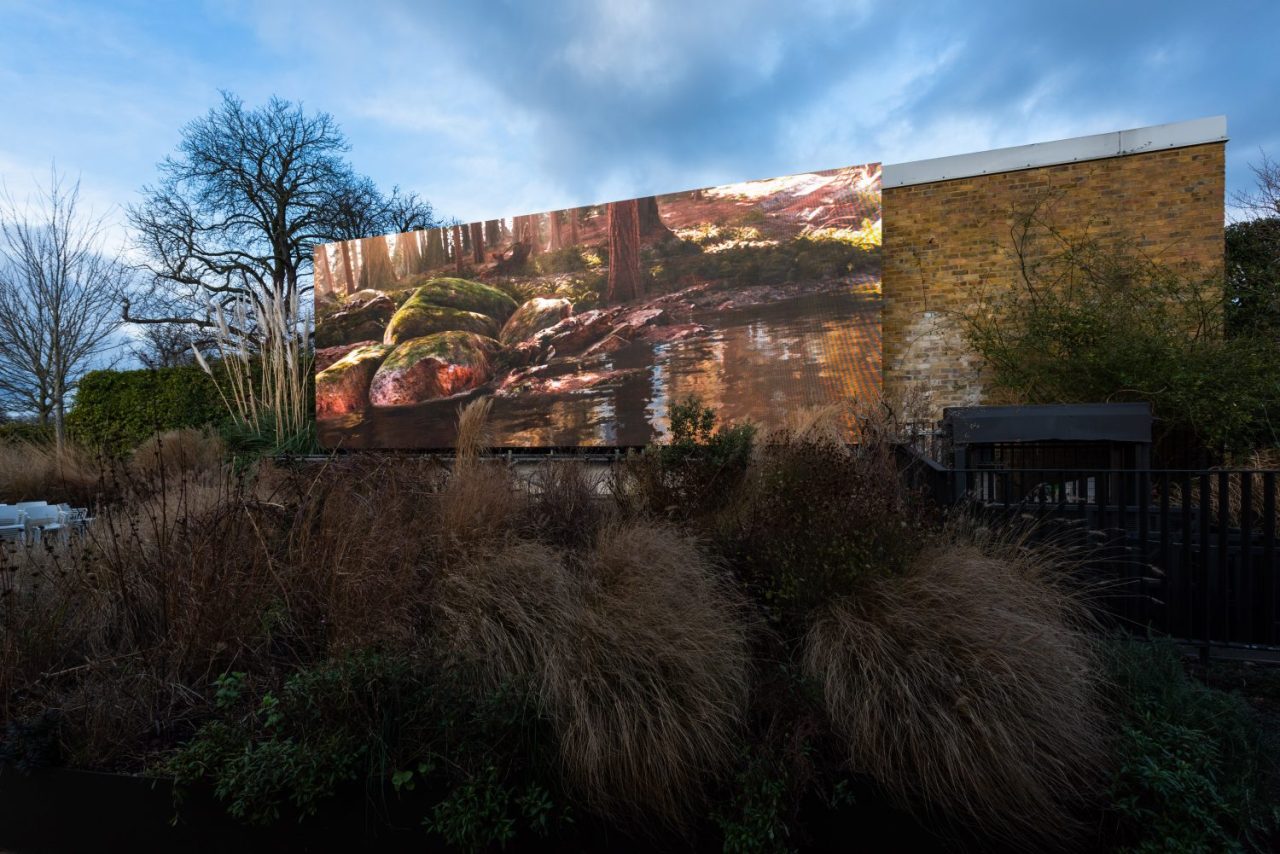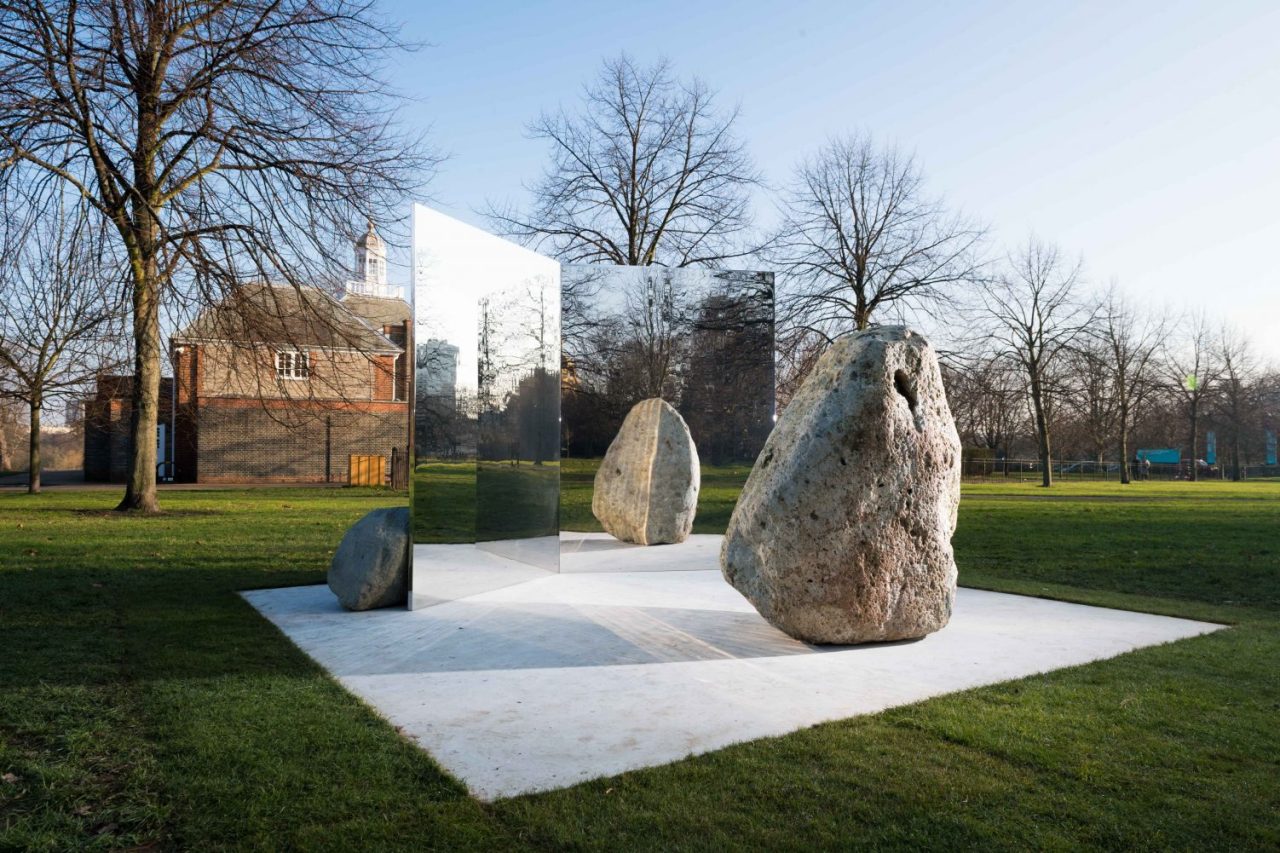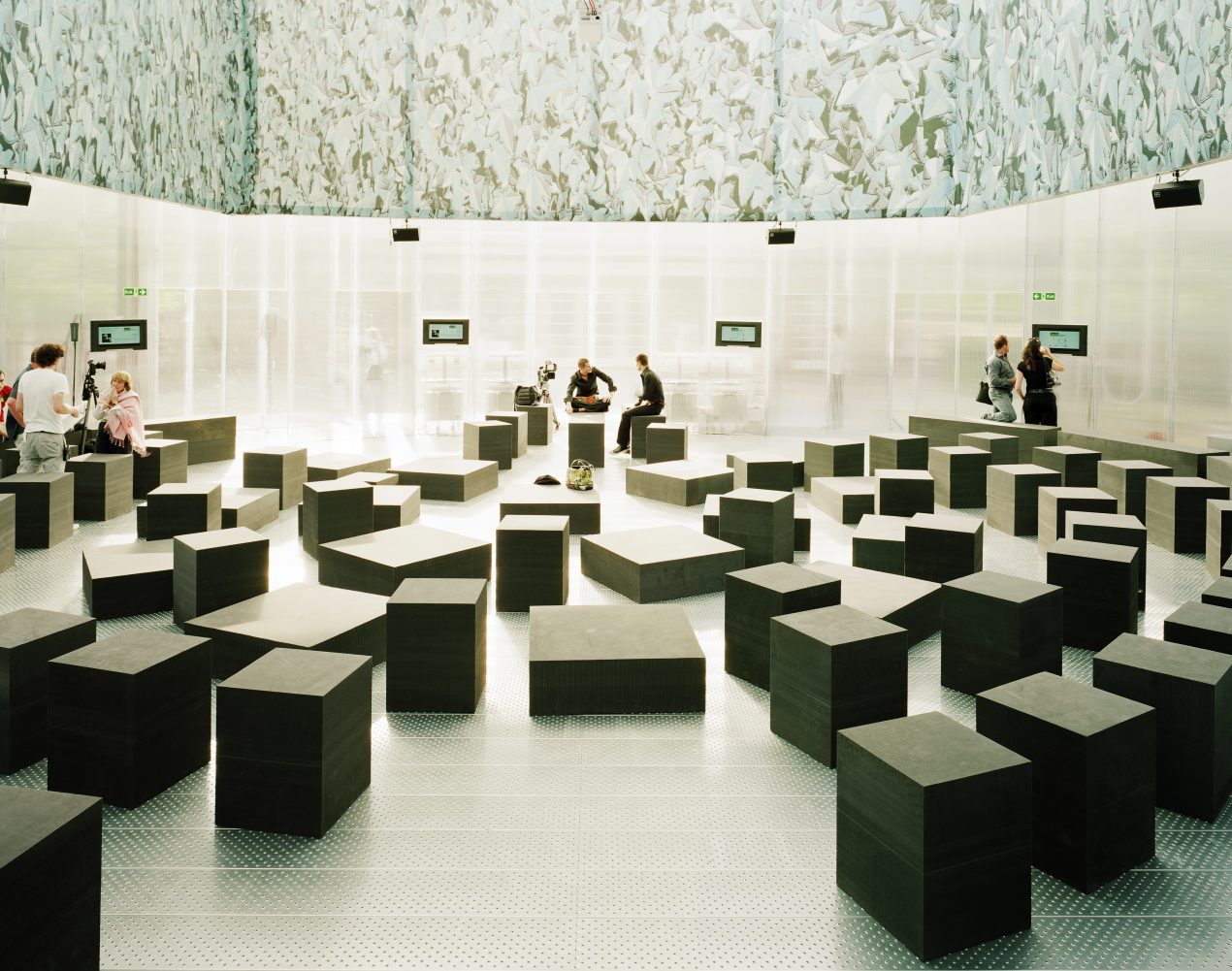 |
Hans Ulrich Obrist, the artistic director of the Serpentine Gallery |
 |
Jakob Kudsk Steensen, Catharsis 2019-2020 Supported by CONNECT, BTS Outdoor installation at the Serpentine Galleries (Hugo Glendinning) |
The Korea Herald: The Herald Design Forum has changed due to COVID-19. What are your thoughts on this “contactless” forum?
Hans Ulrich Obrist: Traveling is really important for art, design, architecture because we need the exchange and we need the dialogue between different geographies. But we need to come up with slower traveling because this idea of flying somewhere for a conference, just for a day or two, is not a sustainable future model.
Now it’s a moment for social distancing. It’s important that we can reinvent the way we meet, the way we gather, and find new ways of gathering.
KH: What will you be speaking about at the forum?
HUO: I will talk about bridges between art, design and architecture and we can only address the big questions of the 21st century, such as ecology, inequality, social justice. As the poet Etel Adnan says, the world needs togetherness, not separation; love, not suspicion; a common future, not isolation. These words resonate for me very deeply.
I’m also going to talk about the collaboration of the Serpentine, Jakob Kudsk Steensen and BTS, which is an example for the possibilities to bring different spheres in contact, which normally would not communicate and in that sense create correspondences, create bridges, create dialogues.
It is also very important that we have to listen. The idea of listening is very important for the 21st century.
 |
Lee Ufan, Relatum – Stage, 2018, Installation view, Serpentine Gallery, London (Feb. 6-July 29, 2018) © Lee Ufan (Photograph © Ian Gavan/Getty Images) |
KH: In the era of rapid changes such as climate change impacting the Earth, what role can art and design play?
HUO: It would be great to recognize, also in Korea, that every company and every governmental organization employs one artist. That would also be particularly important right now in this moment of the COVID crisis. We need today a big governmental plan to support artists; otherwise there would be a catastrophic situation for generations of artists. The Roosevelt plan did this very well in the 1930s. They supported tens of thousands of artists, the whole generation of Lee Krasner, Alice Neel and Jackson Pollock. A great way is to actually not just support artists but to make art also useful for society. This is very urgent.
KH: You have shared a work by BTS in the “do it” project. Contemporary art has always wanted to appeal to wider audiences. Should we look at the work with the K-pop boy band in the same sense?
HUO: We are very grateful that CONNECT project has been a really great experience bringing spheres together, bringing worlds together. Jakob Kudsk Steensen, our artist, enjoyed it a lot. His long conversation with BTS and was really galvanized by their interest in his practice, but also in art in general, by their enthusiasm.
I loved my interview with BTS. I’ve just written a longer text about the BTS phenomenon. I very much like the idea of BTS and their impact on society.
It has a lot to do with globalization because it has to do with how we connect the local and the global, and that is something which BTS does in such an interesting way.
It’s deeply Korean, it is K-pop, it has deep roots in Korean. A lot of the songs are in the Korean language -- the majority of it is, though recently there were also some songs in English. Yet at the same time, it is deeply local yet it’s also deeply global. And this idea of the local and the global is at the root of the “do it” project because for every exhibition that happens, it connects to the local and at the same time it’s a project that’s really happened on our continent and in that sense it’s a global project.
 |
Serpentine Gallery Pavilion 2006 designed by Rem Koolhaas and Cecil Balmond, with Arup Serpentine Gallery, London (July 13-Oct. 15, 2006) (Photograph © 2006 John Offenbach) |
KH: What are some habits that help you maintain and improve your creativity?
HUO: I usually get up really early in the morning, like at 4 or 5 a.m., and I write and take notes. Very often, this is before I switch on the computer. That is a ritual.
Another ritual is that I am always surrounded by many, many books. I buy at least one book every day, and I would say that that’s certainly one of my main rituals. I am inspired by these books. One of my recent books is actually by a Korean poet. I am very, very fascinated by Kim Hye-soon. There is a book in English called “Sorrowtoothpaste Mirrorcream.” For me she is one of the greatest poets of all time. I had great inspiration from Kim Hye-soon.
By Song Donna and Hong Tae-hwa (donnadsong@heraldcorp.com) (th5@heraldcorp.com)





![[Exclusive] Hyundai Mobis eyes closer ties with BYD](http://res.heraldm.com/phpwas/restmb_idxmake.php?idx=644&simg=/content/image/2024/11/25/20241125050044_0.jpg)
![[Herald Interview] 'Trump will use tariffs as first line of defense for American manufacturing'](http://res.heraldm.com/phpwas/restmb_idxmake.php?idx=644&simg=/content/image/2024/11/26/20241126050017_0.jpg)
![[Herald Review] 'Gangnam B-Side' combines social realism with masterful suspense, performance](http://res.heraldm.com/phpwas/restmb_idxmake.php?idx=644&simg=/content/image/2024/11/25/20241125050072_0.jpg)